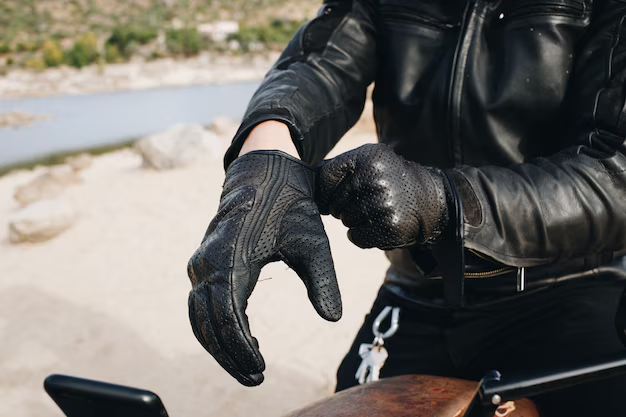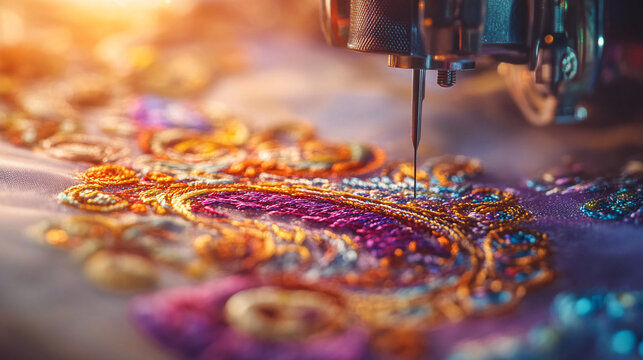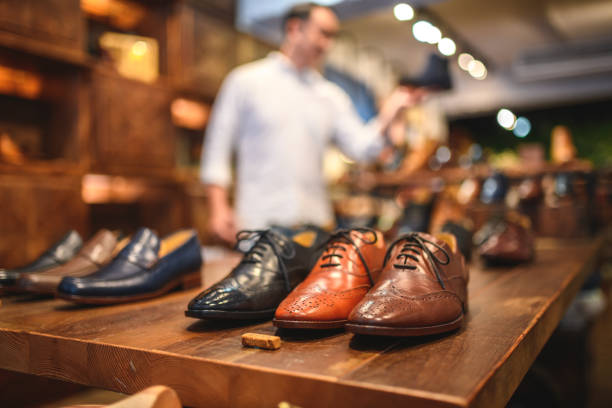Cycling Gear: Essential Apparel for Every Rider
Cycling is not just a form of transportation or exercise; it’s a lifestyle for many enthusiasts around the world. Whether you’re a seasoned cyclist or a beginner, wearing the appropriate cycling gear is crucial for comfort, performance, and safety. This article explores the essential cycling apparel every rider should consider, ensuring you have a pleasant and efficient ride.
- Helmet: Protecting Your Most Valuable Asset
Safety should always be a priority when riding a bike, and a helmet is the most important piece of equipment you have. Helmets are designed to protect your head in the event of a fall or collision. Modern helmets are lightweight, well-ventilated, and come in a variety of styles to suit different types of cycling, from road cycling to mountain biking. Make sure your helmet fits properly and is certified to current safety standards.
- Jerseys: Breathability and Performance
Cycling jerseys are made from moisture-wicking materials that help regulate body temperature by drawing sweat away from the skin. They are often designed with a snug fit to reduce air resistance and feature pockets on the back for easy access to essentials like snacks, phones, or tools. Bright colors and reflective elements can also enhance visibility on the road.
- Shorts: Comfort for Long Rides
Cycling shorts are another vital component, designed to provide comfort during long rides. They are typically padded (with a chamois) to cushion the sit bones and reduce friction against the saddle. Like jerseys, they are made from stretchable, moisture-wicking fabrics that offer both support and flexibility. Bib shorts, which come with built-in suspenders, are popular for their added support and comfort.
- Gloves: Grip and Protection
Cycling gloves serve dual purposes: they enhance grip on the handlebars and protect your hands in case of a fall. They also help reduce road vibrations that can cause hand fatigue over time. Gloves come in various styles, including fingerless for warmer weather and full-fingered for colder conditions.
- Shoes and Pedals: Efficient Power Transfer
Cycling shoes are designed to work with clipless pedal systems, which allow you to attach your shoes directly to the pedals. This setup provides a more efficient power transfer from your legs to the bike, improving performance. Cycling shoes are typically stiff to support powerful pedaling, and they come in different designs for road cycling, mountain biking, and casual riding.
- Eyewear: Protection Against the Elements
A good pair of cycling glasses can protect your eyes from wind, dust, insects, and harmful UV rays. Many cycling glasses come with interchangeable lenses for different lighting conditions, ensuring clear vision no matter the weather.
- Jackets and Warmers: Adaptability to Weather Changes
Weather can be unpredictable, so it’s wise to have a cycling jacket or vest on hand. Lightweight, packable jackets are ideal for unexpected rain or wind, while thermal jackets and arm or leg warmers can provide extra warmth in cooler temperatures. Look for breathable, water-resistant materials that offer flexibility and comfort.
- Accessories: Completing Your Gear
Additional accessories like socks, caps, and buffs can enhance your cycling experience. Cycling socks are designed for moisture management and support, while caps and buffs offer protection from the sun and wind.
In conclusion, investing in quality cycling gear not only enhances your riding experience but also ensures your safety and comfort on the road. By selecting the right apparel and accessories, you can focus on enjoying the journey, whether you’re commuting through the city or exploring scenic trails. Keep these essentials in mind, and pedal with confidence!









